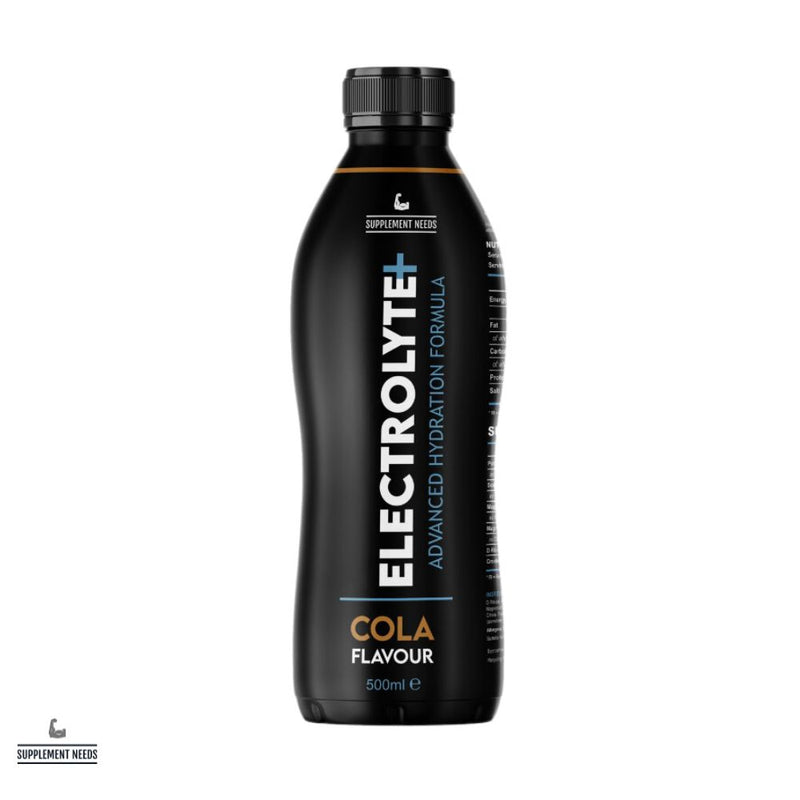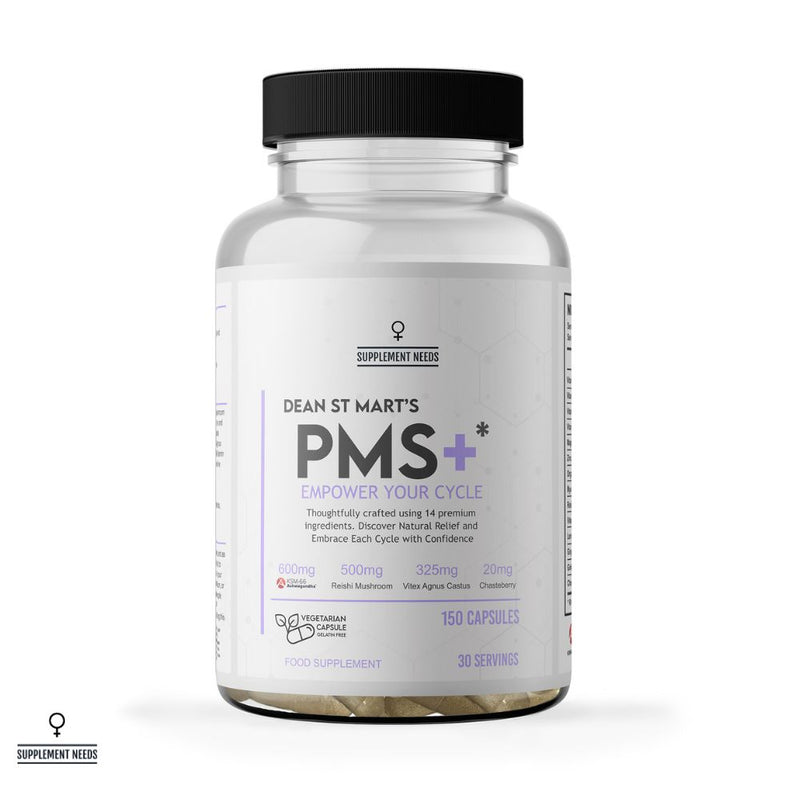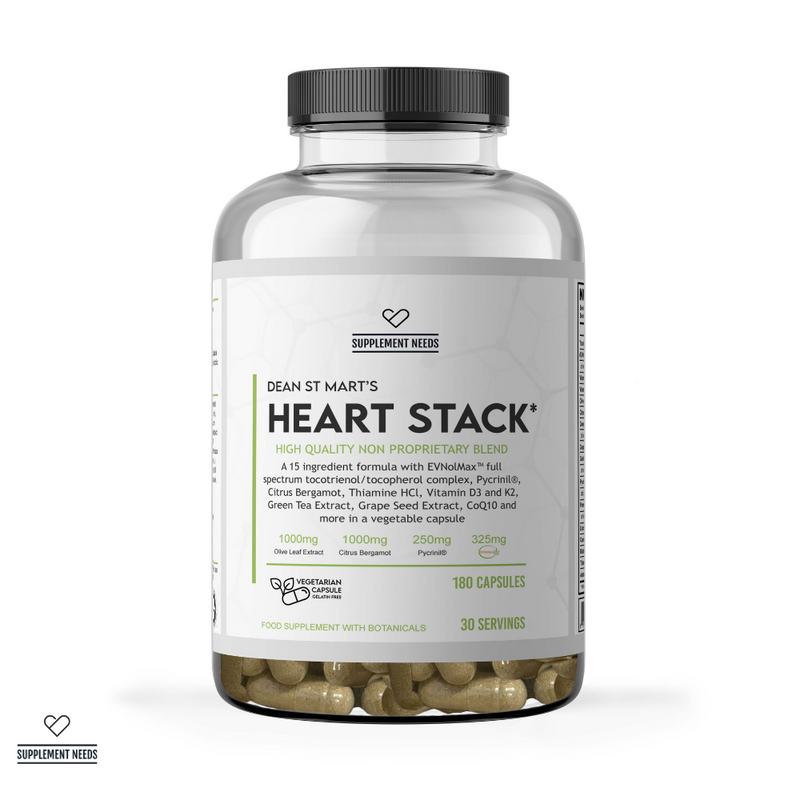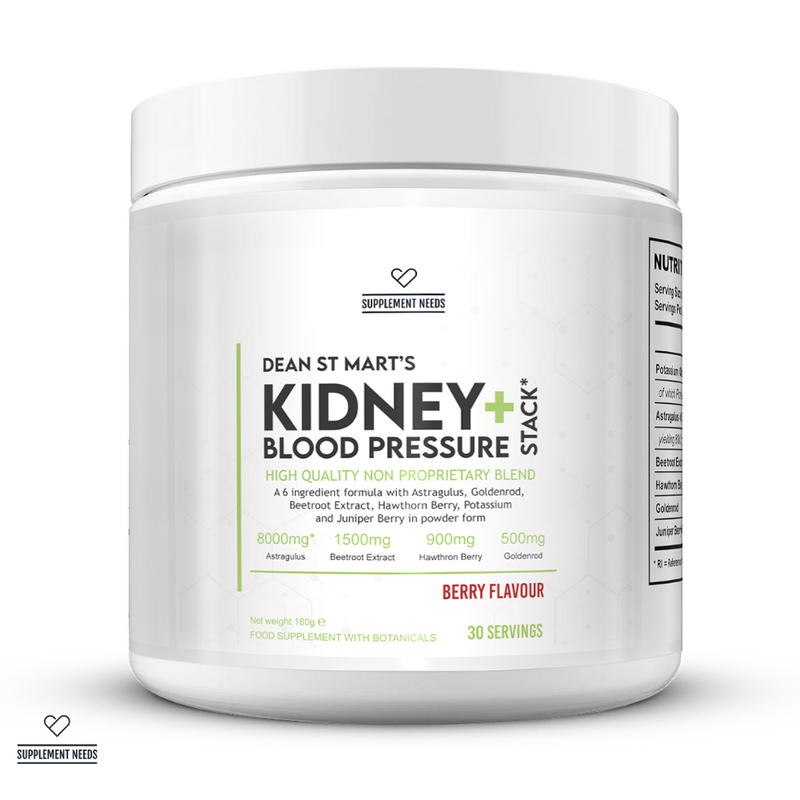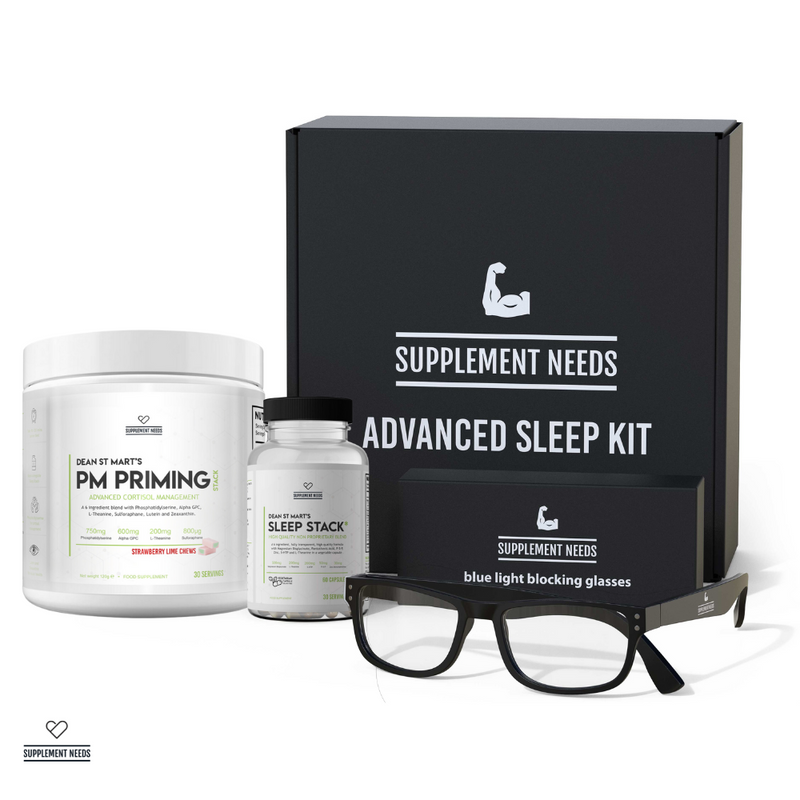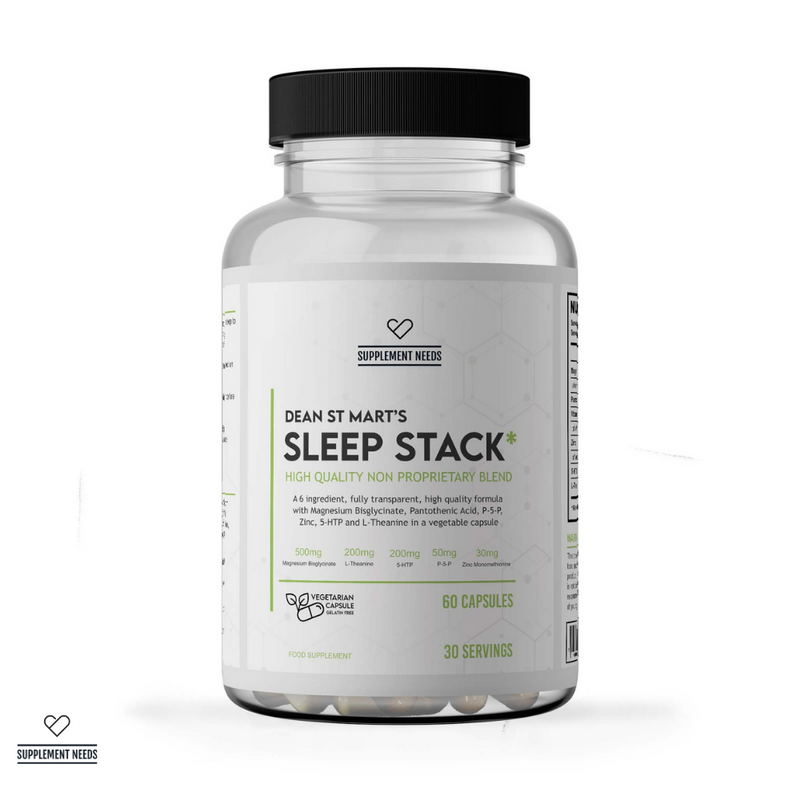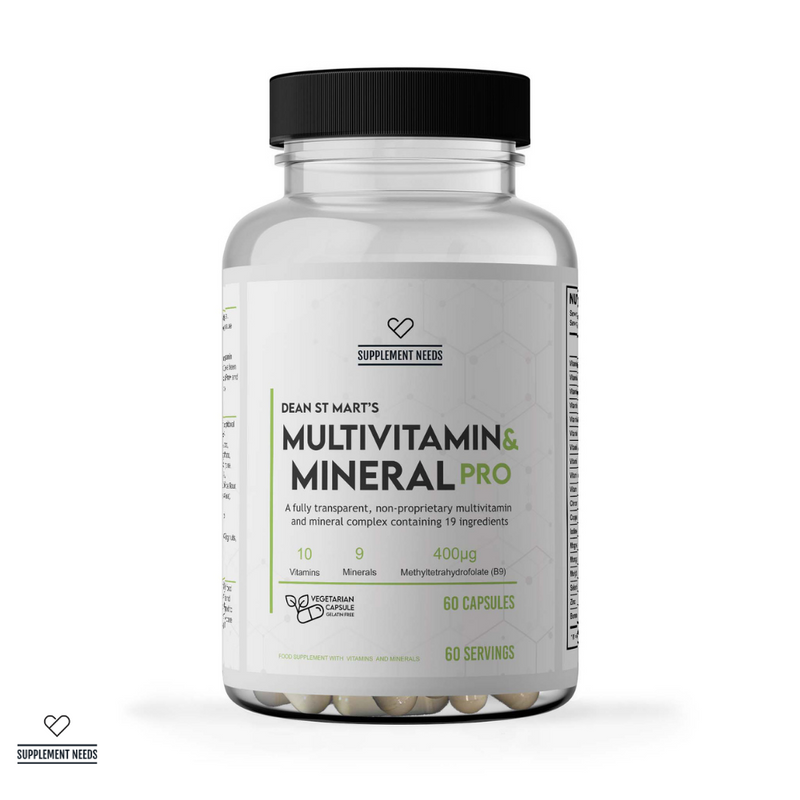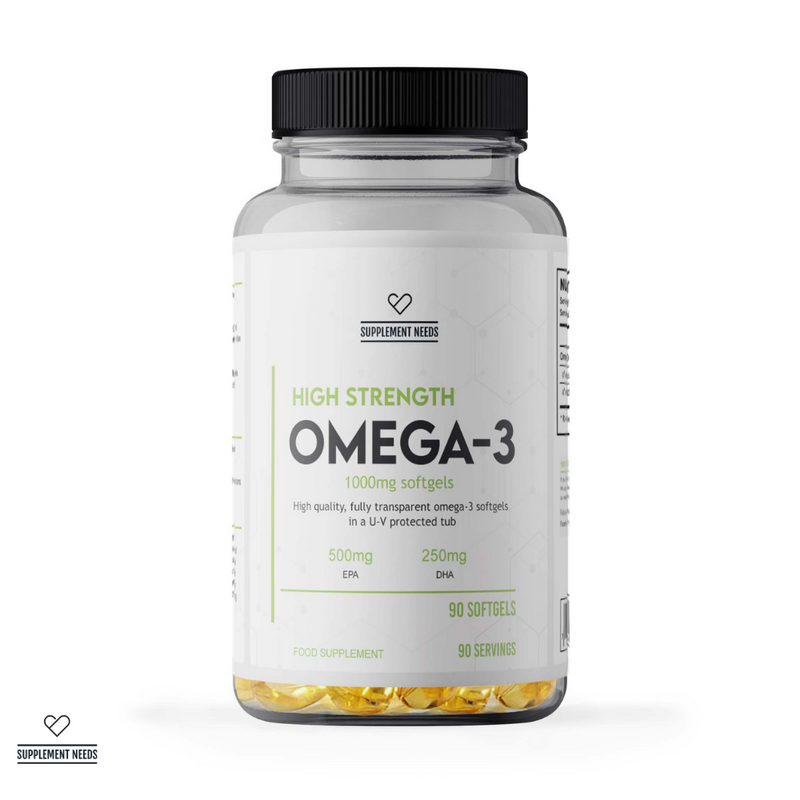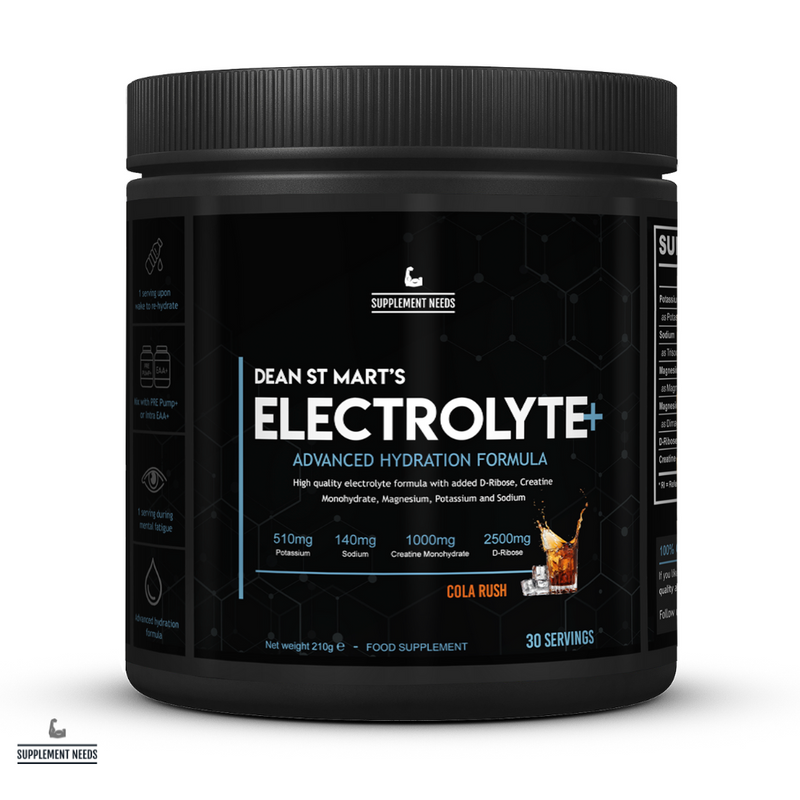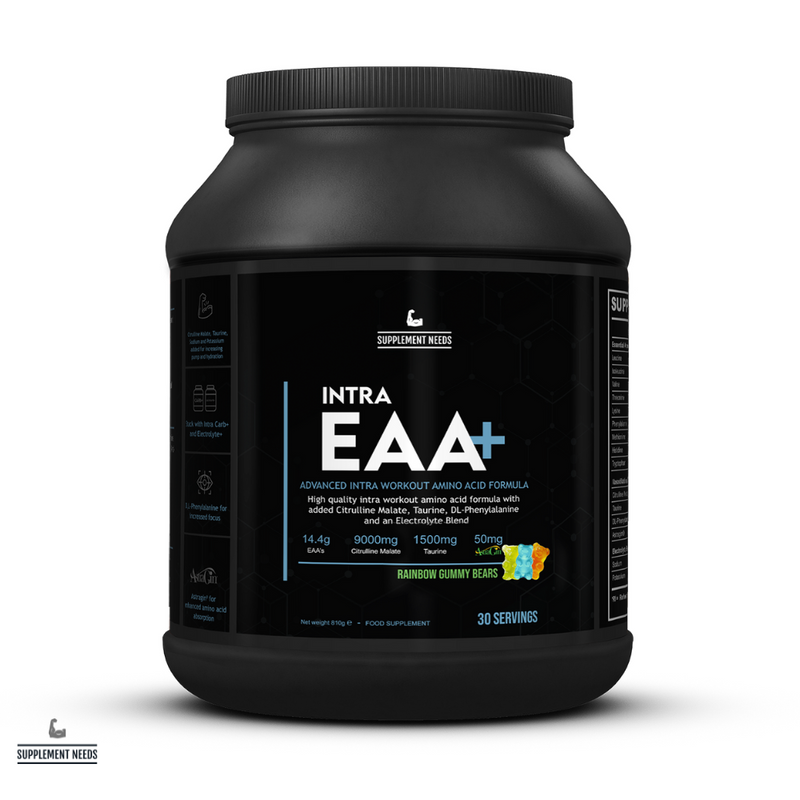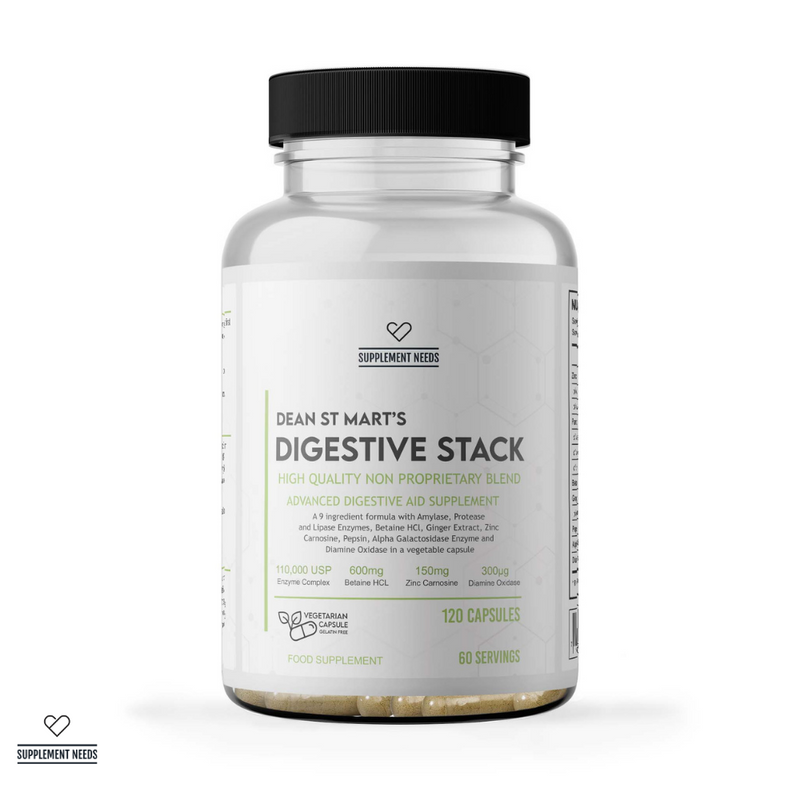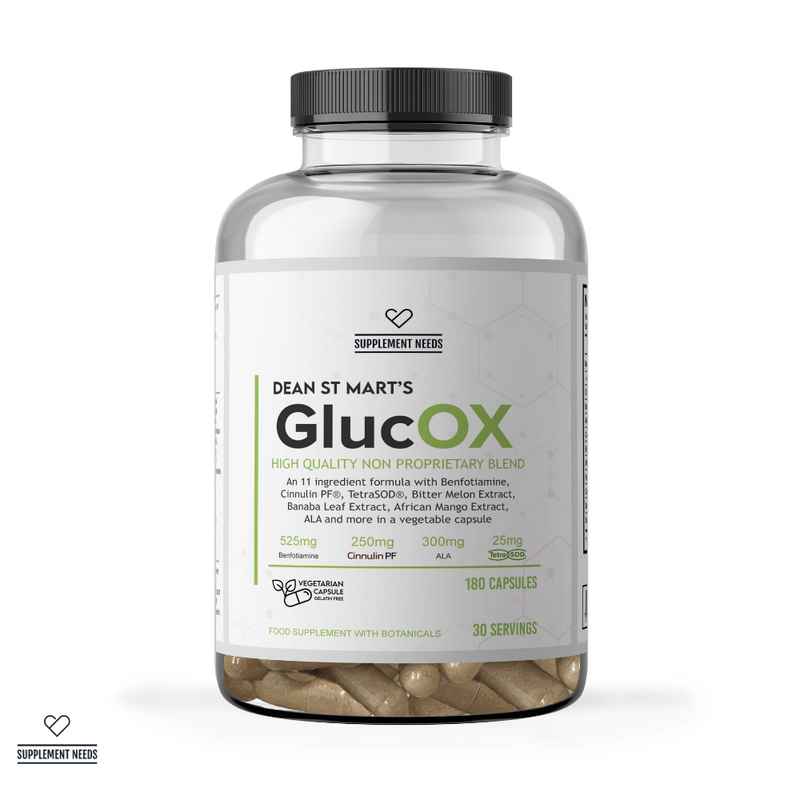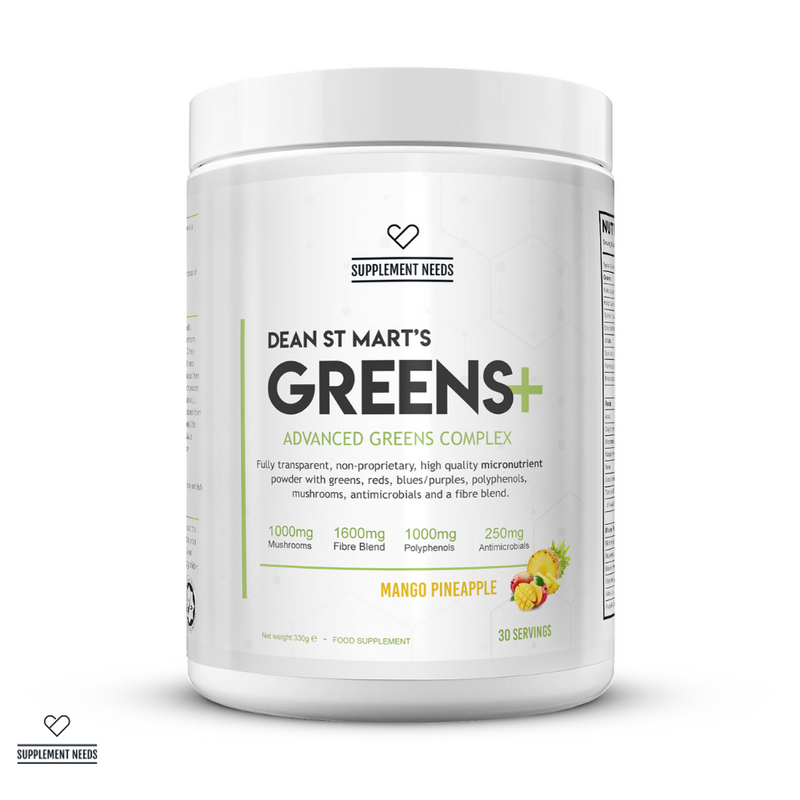EAAs, BCAAs
If you are just a beginner to supplements, all these acronyms can become confusing.
Let’s start at the beginning and breakdown what each acronym is:
EAA = Essential Amino Acids.
BCAA = Branched Chain Amino Acids.
So what do we mean by “Essential”?
Of the 20 standard known amino acids, humans can only make 11; also known as the Non-Essential Amino Acids (NEAA). We know that amino acids are required as the nitrogen containing elements needed to synthesize and repair various substrates in the body like muscle tissue. This leaves human’s requiring 9 other amino acids as being “essential” or being required to be ingested from the diet.
Of these 9 essential amino acids, 3 of the amino acids are known as “Branched Chain” Amino Acids which include Valine, Leucine and Isoleucine*.

So basically, we have 9 Essential Amino Acids; and 3 of them are Branched Chain. Pretty easy to remember right?
Now why would you choose either an EAA or BCAA supplement?
It is known that Muscle Protein Synthesis (abbreviated as MPS) is controlled by the concentration of extracellular amino acids. That is simply the amount of amino acids within the blood either from infusion or by ingestion. MPS appears to reach a peak 2 hours after ingesting an amino acid source. The Branched Chain Amino Acid Leucine is known to be able to stimulate MPS directly [1, 2, 3].
So what does all this mean to a beginner?
Remember supplying energy alone (eating carbohydrates or lipids) will not prevent negative nitrogen balance (i.e. the breakdown of muscle protein) and only ingesting amino acids will keep this “nitrogen balance” [4]. If our goal is to prevent muscle breakdown (muscle protein catabolism), then in theory ingesting BCAAs or specifically Leucine will stimulate protein synthesis and inhibit protein degradation.
When would it be important to prevent muscle protein breakdown?
We all work hard to build muscle tissue so during periods of caloric restriction/dieting, we want to preserve as much muscle tissue as possible. This could be for a bodybuilding contest where the goal is to compete on stage with low bodyfat and with as a high level of muscularity as possible, or it could simply be to shed body fat to have that beach body ready and preserve all those hard earned muscle mass gains. Either way, supplementing with a BCAA supplement is going to hopefully provide a sufficient amount of Leucine to stimulate MPS and maintain “nitrogen balance”.
However, if we remember at the beginning, the body requires 9 “essential” amino acids and BCAA are only 3 of them. For muscle protein anabolism (building new muscle tissue) to occur, a “complete” essential amino acid supplement is preferred [5]. Therefore, supplementing with an EAA supplement will provide the 9 essential amino acids required by the body to aid in muscle protein synthesis. More importantly, the concentration of Leucine in you EAA supplement will be an important consideration. An EAA supplement with close to 3g Leucine is preferred, showing a greater increase in MPS compared to an EAA supplement with 1.87g Leucine [6].

In today’s market, we are spoiled for choice when it comes to BCAA and EAA supplementation.
Regarding BCAA supplementation, one could use RedCon1 Basic BCAA which contains all 3 Branched Chain Amino Acids, yielding 5g BCAA per 5g serving; of which 2.5g L-Leucine, 1.25g L-IsoLeucine, 1.25g L-Valine; available from Supplement Needs in a 150g Unflavoured tub.
For a more “complete” MPS EAA supplement, Supplement Needs Intra EAA+ combines 14.4g of Essential Amino Acids (EAAs) of which 12g are Branched Chain Amino Acids (6g Leucine, 3g Isoleucine, 3g Valine), alongside 9g of Citrulline Malate and 1.5g Taurine, 200mg D,L-Phenylalanine as a Dopamine precursor, 300mg Sodium Chloride and 100mg Potassium Citrate for hydration benefit; as well as 50mg Astragin for enhanced absorption all in a convenient 27g serving size. This can be perfectly stacked with Electrolyte+ for its hydration benefits as well as the superb addition of 2500mg D-Ribose; a sugar required for ATP production and clinically proven to aid congestive heart failure [7].
Dr Dean St. Mart, Product Manager and Formulator for Supplement Needs
References
Wu, G. Amino Acids (2009).
[1] - Bowe, J. (2001). Latency and duration of stimulation of human muscle protein synthesis during continuous infusion of amino acids. J Physiol. 532(Pt 2):575-9.
[2] - Bowe, J. (2003). Human muscle protein synthesis is modulated by extracellular, not intramuscular amino acid availability: a dose-response study. J Physiol. 552(Pt 1):315-24.
[3] – Rennie MJ. (2006), Branched-chain amino acids as fuels and anabolic signals in human muscle. J Nutr. 136(1 Suppl):264S-8S.
[4] - ME May. (1989). Effects of branched-chain amino acids on protein turnover. Diabetes Metab Rev. 5(3):227-45.
[5] – Volpi E. (2003). Essential amino acids are primarily responsible for the amino acid stimulation of muscle protein anabolism in healthy elderly adults. Am J Clin Nutr. 78(2): 250–258.
[6] – Pasiakos SM. (2011). Leucine-enriched essential amino acid supplementation during moderate steady state exercise enhances postexercise muscle protein synthesis. Am J Clin Nutr. 94(3):809-18.
[7] – Omran H. (2004). D-ribose aids congestive heart failure patients. Exp Clin Cardiol. 9(2): 117–118.
